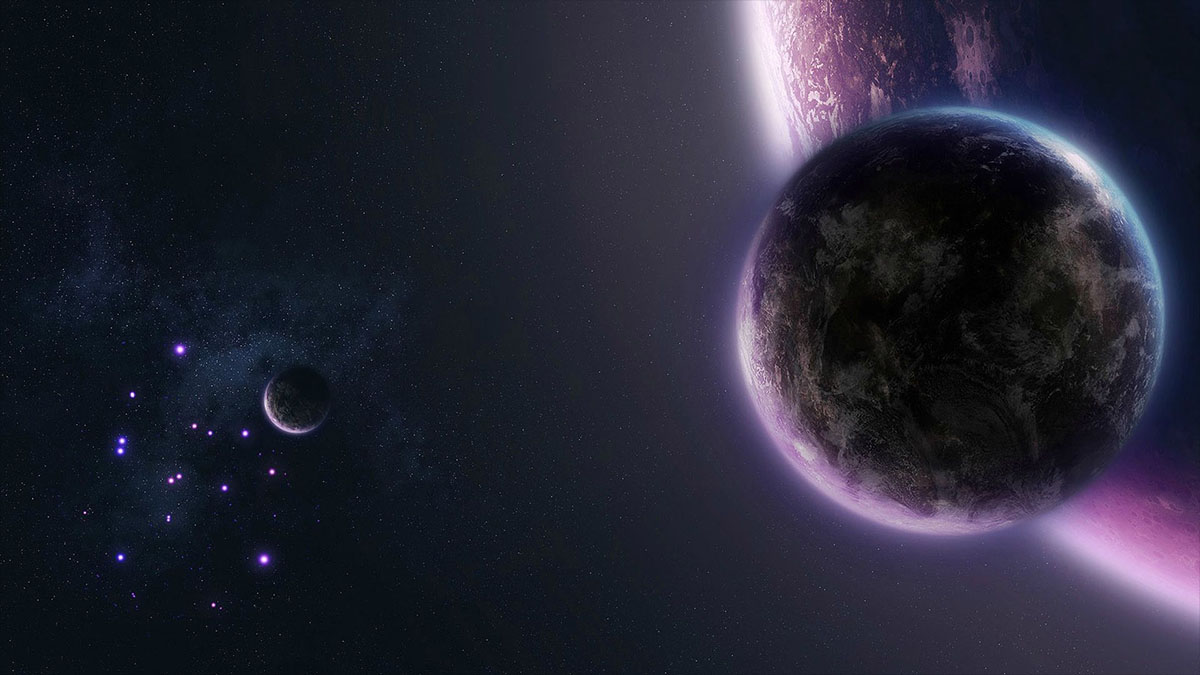why the great void didn’t cause the cold spot

Remember the anomalous Cold Spot, the bizarre, low temperature area spotted in the maps of the Cosmic Microwave Background Radiation, or CMBR for short, the echo the Big Bang which gives us a very high level overview of the structure of our universe? Cosmologists bristled at an anomaly stretching some 1.8 billion light years and seemingly violating what we thought was a universal rule that our cosmos is isotropic and homogeneous, i.e. expanding similarly in every direction and with roughly the same density of galaxies from end to end. And so they analyzed the map using different means and some were able to rule it out as an artifact in the data. Still, the question of whether it was really there never went away because every time you figure out some way of erasing something from your data set because it seems weird, you haven’t gotten rid of it, and sure enough, it appeared yet again on Planck’s CMBR map and was now stuck for good. This left scientists with a dilemma. Why was there a cold spot so large and so cold?
Well, the answer to that is a distinct lack of galaxies which makes the Cold Spot about 20% less dense than the typical patch of the sky. This has of course given pop sci headline writers cover to call it The Great Void, a grandiose moniker which overstates the shortfalls in density for this area of the universe, and when billed as the answer to why The Cold Spot is so cold, oversells the effect it has on the background temperature in this patch of the sky. In fact, just 10% of the temperature drop can be linked back to the lack of density while the rest is still very much open to debate. To give credit where credit is due, virtually all iterations of this story did mention this somewhere along the line, but since it’s a fact that people usually read just the first half of most articles, I thought I’d put my disclaimers and conditionals in the top half of my post, rather than towards the bottom as the articles in question because my feeling is that a lot of people will be convinced that the Cold Spot mystery is solved when in fact, it actually deepened.
While you can find anything in the CMBR you want if you stare hard enough, seeing the spot in both the WMAP and Planck results shows that it’s a persistent feature, unlike Roger Penrose’s proposed echoes of past Big Bangs, a hypothesis he was never sufficiently able to explain, and evidence for which strongly depends on how you process the data. And while it’s not really the biggest structure in the known cosmos since that title belongs to a group of quasars more than twice as large if we get nitpicky, as much of the media claims, it’s still a really important feature. When combined with some other weird observations, it hints at something under the surface of our cosmological framework. If you take the so-called Dark Flow discovered several years ago, and add it to the Cold Spot, as well as galactic superclusters which challenge the cosmological principle, one of the odd but still plausible explanations that ties all of them together, is that our universe is being bumped by other universes, essentially giving us evidence of a multiverse we think should exist to explain inflation and making the Cold Spot a cosmological bruise.
Of course now the big question is how we can validate that hypothesis because we steer right into the horizon problem, which puts other universes out of our reach and any attempt to even create a census of what occupies the multiverse is fraught with problems for which we have no existing solutions. Frustratingly, if the colliding universe explanation is in fact the right one, we’ll have to hold off on giving out the Nobel Prize for it because it would remain just out of reach to our instruments, tantalizing us through anomalous patterns in the CMBR and mysterious flows hinting at bizarre mechanics just beneath the fabric of space and time we can observe, but not study in enough depth to come to a solid conclusion. Even a few years ago, we would’ve simply defaulted to Occam’s Razor and ruled what we’re seeing as artifacts from data processing, but the fact that the anomalies keep showing up pretty much rules out that explanation. Now some of our more exotic cosmological theories may well have to be put to the test.
See: Szapudi, et. al. (2015). Detection of a supervoid aligned with the cold spot of the cosmic microwave background MNRAS, 450 (1), 288–294 DOI: 10.1093/mnras/stv488





